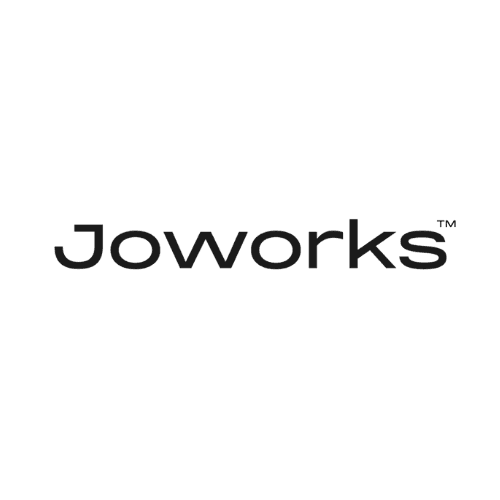The Future of AI in Web Design: How Framer is Leading the Way
Feb 1, 2025
Introduction
The rapid evolution of artificial intelligence (AI) is reshaping every industry, and web design is no exception. From automating mundane tasks to generating creative layouts, AI is transforming the way designers work. Framer, a leader in interactive design and prototyping, is embracing AI to streamline workflows and enhance creative possibilities. In this article, we dive into the future of AI in web design and explore how Framer is leading the way.
1. The Rise of AI in Web Design
Automating Repetitive Tasks
AI-driven tools are increasingly handling repetitive tasks such as resizing images, generating color palettes, and optimizing layouts. This automation not only speeds up the design process but also allows designers to focus on creativity and innovation.
Data-Driven Design Decisions
With the power of machine learning, AI can analyze user data to make informed design recommendations. From optimizing user flows to personalizing content, AI-driven insights are helping designers create more engaging and effective web experiences.
2. Framer’s AI-Driven Features
Intelligent Layout Suggestions
Framer is leveraging AI to offer smart layout suggestions based on design trends and user behavior. These recommendations help streamline the design process, ensuring that your layouts are both aesthetically pleasing and highly functional.
Automated Text Enhancements
Struggling with copy? Framer’s AI-powered text enhancement tools can automatically adjust typography, spacing, and even suggest alternative wordings to improve readability and impact.
Predictive Animations
AI is now being used to predict and generate smooth, natural animations. Framer’s predictive animation features allow designers to create dynamic, interactive prototypes without having to fine-tune every single transition manually.
3. Enhancing Creativity with AI Collaboration
Co-Creation and Inspiration
AI can serve as a collaborative partner by generating initial design concepts or suggesting innovative approaches to common design challenges. With Framer’s integration of AI, designers are empowered to explore new creative avenues and push the boundaries of conventional web design.
Real-Time Feedback and Iteration
Framer’s AI tools provide real-time feedback during the design process. Whether it’s suggesting adjustments to improve user flow or recommending better asset optimization, this immediate input helps refine designs quickly and efficiently.
4. Looking Ahead: The Future of AI in Web Design
Personalized User Experiences
The future of web design is headed towards hyper-personalization. AI will play a crucial role in dynamically adapting web interfaces based on individual user preferences, behavior, and context. Framer’s ongoing development in AI features positions it at the forefront of this trend.
Integration with Emerging Technologies
As AI continues to evolve, we can expect even deeper integrations with emerging technologies such as augmented reality (AR) and virtual reality (VR). These integrations will open up new possibilities for immersive and interactive web experiences, with Framer leading the charge in innovative design.
Conclusion
Artificial intelligence is not just a buzzword in the web design industry—it’s a transformative force that is reshaping the way we create and interact with digital content. Framer’s commitment to integrating AI-driven features into its design platform is a testament to its vision for the future of web design. By automating repetitive tasks, enhancing creative collaboration, and providing intelligent design suggestions, Framer is empowering designers to create more engaging and user-friendly experiences.
Ready to explore the future of AI-enhanced web design? Try out Framer and enjoy 3 months free on Framer Pro Yearly with this exclusive offer: Sign up here and use code partner25proyearly!
If you're interested in having your website designed in Framer, please feel free to contact me at jo@joworks.studio

